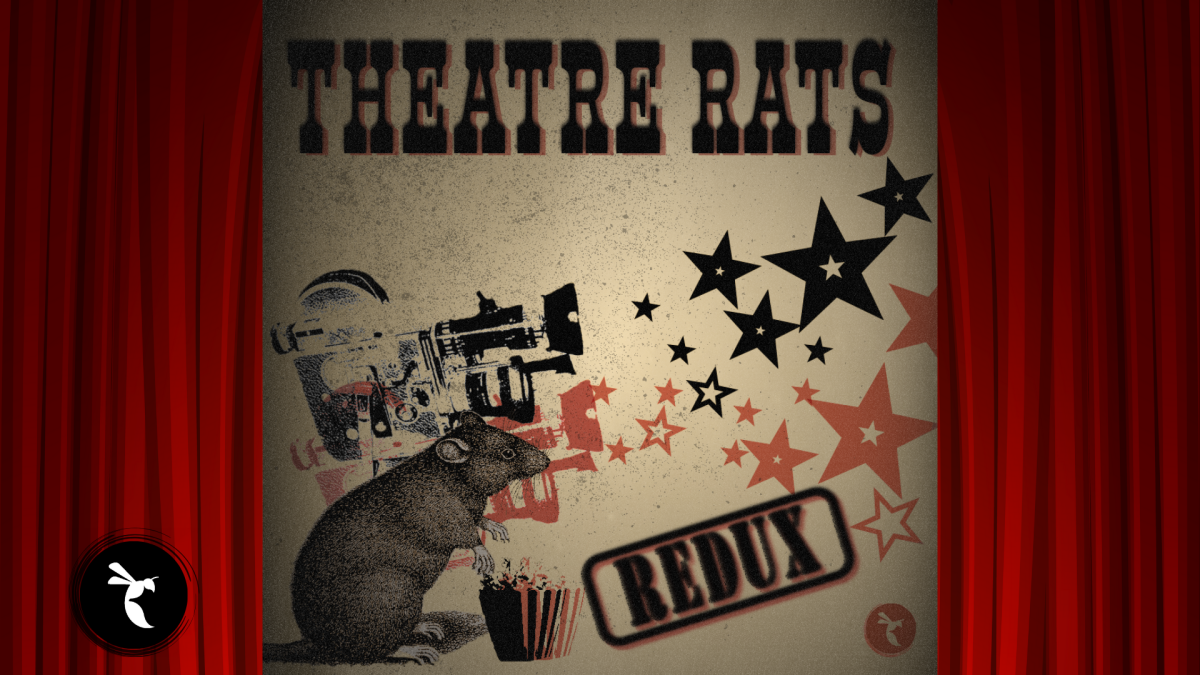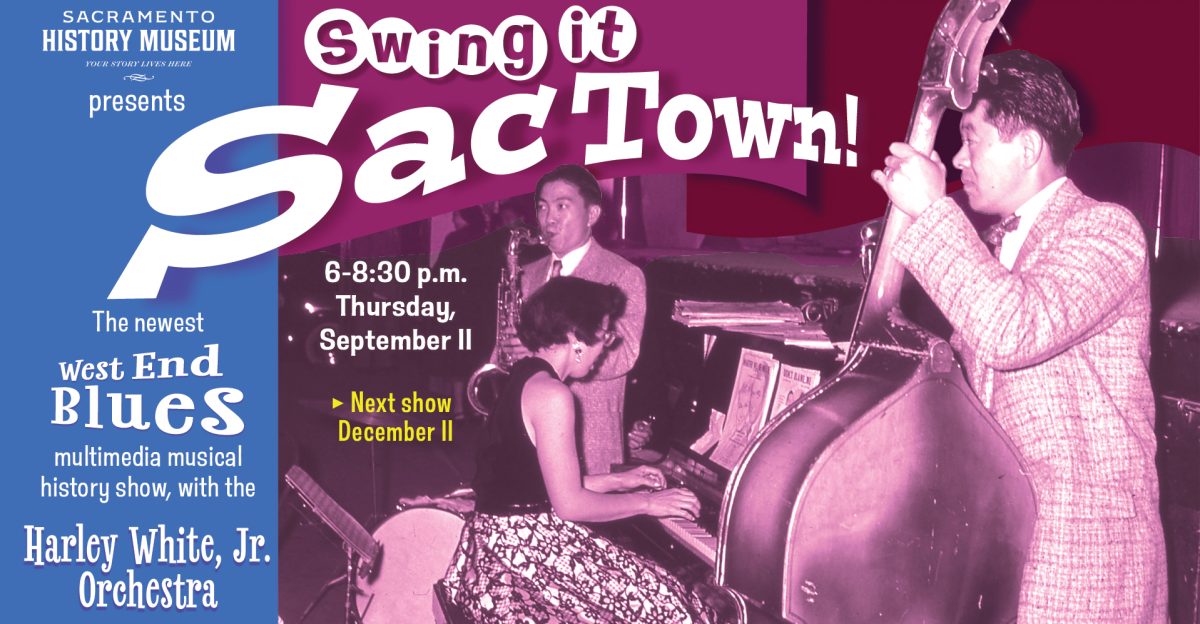Satellite radio could see similar boom to cable TV in ’50s
March 9, 2005
Satellite radio has been a hot topic lately in the news and amongst investors. The service is still in its infant stages, so the full extent of what it will have to offer customers and the likeliness of people to crossover from AM/FM radio remain to be seen.
However, satellite radio’s extensive range of programming and portability of the service are hard to contest. In the early 1950s many people were wary of cable television. Over the decades, however, the number of cable subscribers has skyrocketed. With the help of premium technology and key entertainment figures, satellite radio may do the same.
According to Paul Tracy of the investment guidance website, www.streetauthority.com, satellite radio subscribers numbered around 28,000 at the end of 2001. By the end of 2004 that number had increased to over three million.
“I do think that people will tailor their music listening in the same way they do their TV watching. I don’t think it is worth it now but as programming builds, it will be,” said professor of communications Barbara O’Conner.
The two satellite companies available right now are XM Radio and Sirius Radio. XM Radio, or “Radio to the Power of X,” offers 150 commercial-free channels. There are 30 channels of news, sports, talk and entertainment, 20 channels of traffic and weather and two million music titles. The radio itself starts at $100 and the monthly subscription fee is $9.99.
Sirius Radio offers 120 commercial-free channels. Programming includes 22 channels of talk and entertainment, 65 channels of music and 14 channels of news, as well as live, play-by-play sports coverage. The radio also starts at $100 and the monthly subscription fee is $12.95.
The benefits of satellite radio are numerous. The radio unit displays the title of the song and name of the artist you are listening to at any given moment. Your favorite genres of music are available commercial free, which results in less channel surfing, and there is no censorship due to the fact it is a paid service and the signal is available everywhere.
Celebrities are making the transition to satellite radio. “Shock Jock” Howard Stern will be moving to Sirius Radio in January 2006 in order to free himself of the restrictions enforced by the Federal Communications Commission (FCC). According to AP Business writer T.A. Badger in an article printed in the Sacramento Bee, executives at Clear Channel Channel Communications, Inc., recognize satellite radio’s appeal due to the absence of commercials. In an attempt to keep up with satellite radio, AM/FM stations are bidding for shorter commercials with less clutter.
“I think people will definitely buy satellite radio because shows like Howard Stern will be available free of censors, even though I can’t stand him,” junior Amanda Ziadeh said. “I would love to be able to listen to the radio without commercials, too.”
Senior Lindsay Jones said, “There are too many commercials in the morning on regular radio; I think I will get (satellite radio) eventually because my cousin got it in her car and she said it is fabulous.”
Remember the typical first reaction to cell phones, CD players, DVD players or plasma screen televisions: Why on Earth would I need something like that? You probably won’t “need” it until your best friend or neighbor has it, and from then on you — along with the rest of us — will be getting tunes from space.
—————————————————-
Blake Ellington can be reached at























































































































